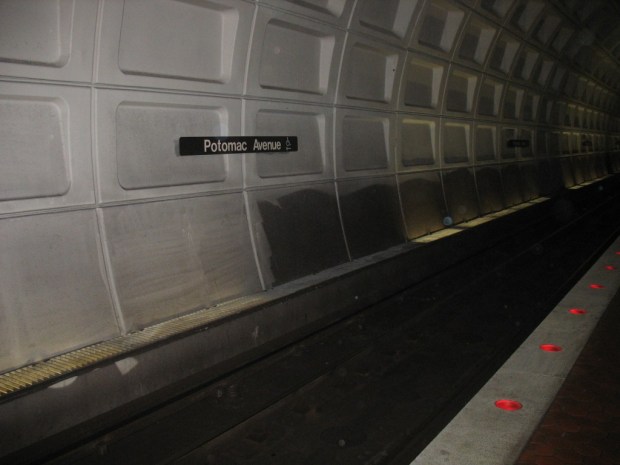Given Metro’s current and future budgetary issues (and the plethora of ideas to fix them amongst various comment threads at GGW and other places), discussions of profits and priorities are certainly topical. With that in mind, Jarrett Walker has an excellent post up on the fundamental goals of transit service – the public good we planners try to achieve.
In fact, high-ridership transit services are almost always the result of aggressive government investment and policies, including the pricing of car travel, the planning of dense centers around stations, and a huge range of other actions. A democratic government must care not just about the bottom line of the transit but also about the quality of the community it serves. In this role, it may advocate low-ridership services to serve other sustainability goals. For example, when opening a new “transit oriented development,” the long-term health of the community may require a lot of public transit service just as the first people are moving in, to help them establish transit habits, own fewer cars, etc. This service will be “unprofitable” but can be a rational part of a long-term sustainability strategy.
Thatcher’s formulation, swallowed whole by Judt, is that service is either “profitable” or “social.” Judt will go on to make “social inclusion” arguments for why service to low-ridership markets, such as rural towns, should be retained. Fine, but he’s already given away the revenue that could pay for much of that service — the “profits” gained by the private operating company running the “profitable” services. He’s also given away funds that could be used to fund new infrastructure investments for the next generation of profitable services — investments that should be government-funded not because they’ll be profitable, but because they’ll be intrinsic parts of a humane, sustainable, and livable city — all valid criteria for government attention.
Walker describes the definition of profitability (and the relentless focus on cost effectiveness to the exclusion of other considerations) as a “conceptual trap” that does not truly capture the reality of transit benefits or the complexity of how cities and urban places function. Defining the debate in these terms automatically puts transit on poor footing.
“Social” and “economic” are just two legs of the three-legged stool that has come to be known the “triple bottom line,” a useful scheme for thinking about all of the possible valid outcomes of public policy. The missing third term is “environmental.” Judt is so attached to the “social” dimension of the question that the other two terms, “economic” and “environmental,” have collapsed in his mind into a single opponent, the “economic.” We are all used to thinking in binary (us/them, this/that) terms, but the triple bottom line requires us to hold three points of view in the mind at once — which, to be fair, is much harder than it sounds.
Indeed.
Walker’s piece is excellent food for thought, particularly as our transit agencies and other municipal entities are facing huge budget problems and often turning towards privatization (see Chicago’s parking meters) – we must make sure we consider all of the potential outcomes, as well as all three legs of the stool.



















